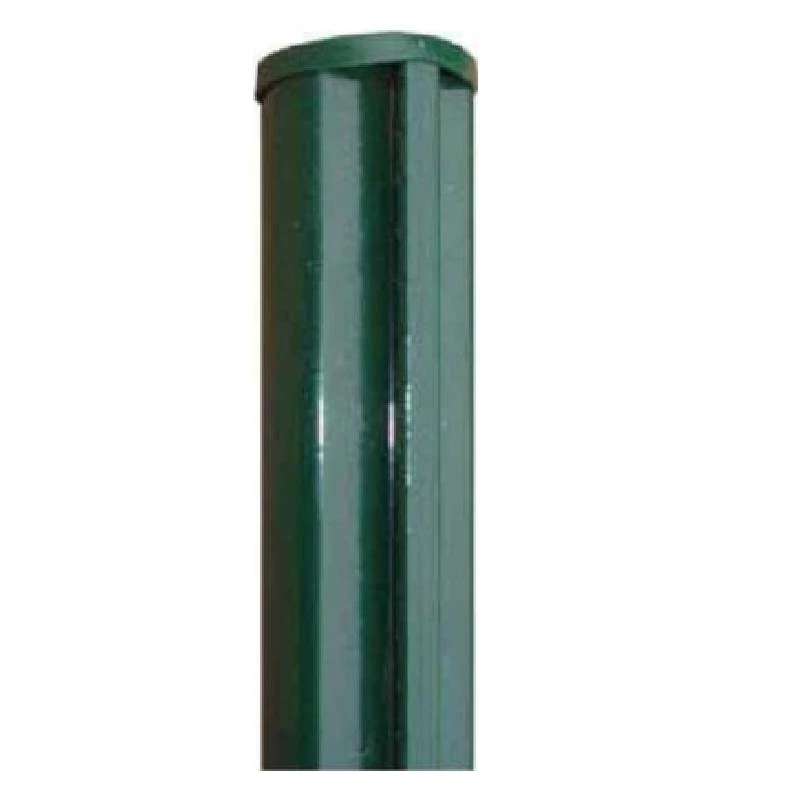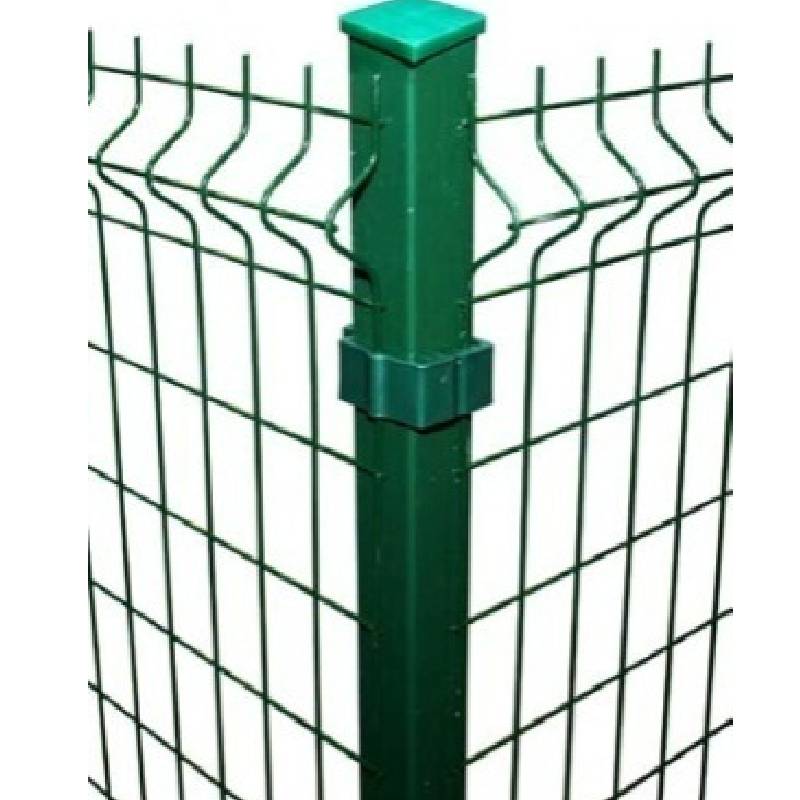-
Imeeli:zhao@hyliec.cn
-
Tẹli:+86 311 85273988
-
Whatsapp:8613931128750
-
 Afirika
Afirika -
 Ede Albania
Ede Albania -
 Amharic
Amharic -
 Larubawa
Larubawa -
 Ara Armenia
Ara Armenia -
 Azerbaijan
Azerbaijan -
 Basque
Basque -
 Belarusian
Belarusian -
 Ede Bengali
Ede Bengali -
 Ede Bosnia
Ede Bosnia -
 Bulgarian
Bulgarian -
 Catalan
Catalan -
 Cebuano
Cebuano -
 Corsican
Corsican -
 Ede Croatian
Ede Croatian -
 Czech
Czech -
 Danish
Danish -
 Dutch
Dutch -
 English
English -
 Esperanto
Esperanto -
 Estonia
Estonia -
 Finnish
Finnish -
 Faranse
Faranse -
 Frisia
Frisia -
 Galician
Galician -
 Georgian
Georgian -
 Jẹmánì
Jẹmánì -
 Giriki
Giriki -
 Gujarati
Gujarati -
 Haitian Creole
Haitian Creole -
 hausa
hausa -
 ara ilu Hawaiani
ara ilu Hawaiani -
 Heberu
Heberu -
 Bẹẹkọ
Bẹẹkọ -
 Miao
Miao -
 Ede Hungarian
Ede Hungarian -
 Icelandic
Icelandic -
 igbo
igbo -
 Ede Indonesian
Ede Indonesian -
 Irish
Irish -
 Itali
Itali -
 Japanese
Japanese -
 Javanese
Javanese -
 Kannada
Kannada -
 Kasakh
Kasakh -
 Khmer
Khmer -
 Ede Rwandan
Ede Rwandan -
 Korean
Korean -
 Kurdish
Kurdish -
 Kirgisi
Kirgisi -
 TB
TB -
 Latin
Latin -
 Latvia
Latvia -
 Lithuania
Lithuania -
 Luxembourgish
Luxembourgish -
 Macedonian
Macedonian -
 Malgashi
Malgashi -
 Malay
Malay -
 Malayalam
Malayalam -
 Èdè Malta
Èdè Malta -
 Maori
Maori -
 Marathi
Marathi -
 Mongolian
Mongolian -
 Mianma
Mianma -
 Nepali
Nepali -
 Norwegian
Norwegian -
 Norwegian
Norwegian -
 Occitan
Occitan -
 Pashto
Pashto -
 Persian
Persian -
 Polish
Polish -
 Portuguese
Portuguese -
 Punjabi
Punjabi -
 Romanian
Romanian -
 Russian
Russian -
 Samoan
Samoan -
 Scotland Gaelic
Scotland Gaelic -
 Ede Serbia
Ede Serbia -
 English
English -
 Shona
Shona -
 Sindhi
Sindhi -
 Sinhala
Sinhala -
 Slovakia
Slovakia -
 Slovenia
Slovenia -
 Somali
Somali -
 Ede Sipeeni
Ede Sipeeni -
 Ede Sundan
Ede Sundan -
 Swahili
Swahili -
 Swedish
Swedish -
 Tagalog
Tagalog -
 Tajik
Tajik -
 Tamil
Tamil -
 Tatar
Tatar -
 Telugu
Telugu -
 Thai
Thai -
 Tọki
Tọki -
 Turkmen
Turkmen -
 Ukrainian
Ukrainian -
 Urdu
Urdu -
 Uighur
Uighur -
 Uzbekisi
Uzbekisi -
 Vietnamese
Vietnamese -
 Welsh
Welsh -
 Egba Mi O
Egba Mi O -
 Yiddish
Yiddish -
 Yoruba
Yoruba -
 Zulu
Zulu
adaṣe Post
What Type Of Fence Post Is Best?
The best type of fence post depends on various factors such as the type of fence, local climate, soil conditions, and personal preferences. Common options for fence posts include:
1. Round steel posts: Round steel posts are a traditional and versatile choice, suitable for various fence types. They can be treated to resist rot and decay, but may require maintenance over time.
2. Square steel posts and rabbet posts offer durability and strength, making them suitable for supporting heavy or high-security fences. They are resistant to rot and insect damage.
3. Steel round posts/ square posts/ rabbet with base plate: They are suitable to install on the concrete ground, and fixed by concrete nails.
What Size Is A Fence Post?
Fence posts come in various sizes, typically having Φ32 Φ34 Φ38 Φ48 Φ60 Φ80 for round steel posts and 40x40 60x60 40x60 60x60 80x80 100x100 etc for square tube posts in dimension. The specific size of a fence post depends on the type of fence being installed, the height and weight of the fence panels, and the local building codes or regulations. It's important to select the appropriate size of fence post to ensure stability and structural integrity for the specific fencing project. Consulting with a professional or referring to local building codes can provide guidance on the recommended size of fence posts for a particular application.
Fence Post FAQ:
What type of fence post is best?
The best type of fence post depends on various factors such as the type of fence, local climate, soil conditions, and personal preferences. Common options for fence posts include round steel posts, square steel posts and rabbet steel posts, posts with base plate or without base plate. Each type has its own advantages and considerations, so it's important to choose the most suitable option based on the specific requirements of the fence project.
What size is a fence post?
Fence posts come in various sizes, typically typically having Φ32 Φ34 Φ38 Φ48 Φ60 Φ80 for round steel posts and 40x40 60x60 40x60 60x60 80x80 100x100 etc for square tube posts in dimension. The specific size of a fence post depends on the type of fence being installed, the height and weight of the fence panels, and local building codes or regulations. It's important to select the appropriate size of fence post to ensure stability and structural integrity for the specific fencing project.
How to install a panel fence?
Paneling a fence involves several steps, including measuring and planning, installing the posts, attaching the panels, adding finishing touches, and performing regular maintenance. It's important to follow the manufacturer's instructions and local building codes when paneling a fence to ensure proper installation and compliance with regulations. If in doubt, it's advisable to consult with a professional or seek guidance from experienced individuals.






